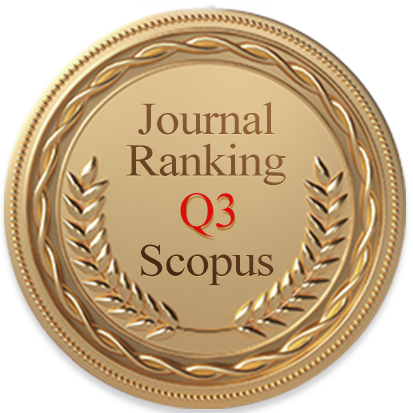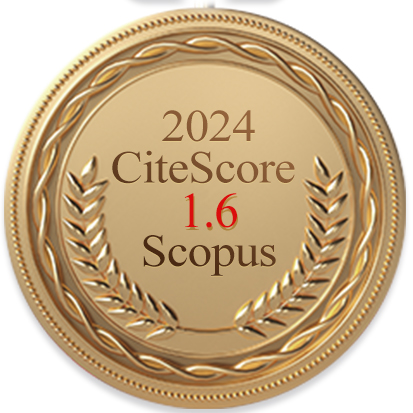Acadlore takes over the publication of IJEI from 2025 Vol. 8, No. 5. The preceding volumes were published under a CC BY 4.0 license by the previous owner, and displayed here as agreed between Acadlore and the previous owner. ✯ : This issue/volume is not published by Acadlore.
This issue/volume is not published by Acadlore.
Volume 8, Issue 2, 2025
Research article

Abstract
Research article

Abstract
Research article

Abstract
Research article

Abstract
Research article

Abstract
Research article

Abstract

Abstract
Research article

Abstract
Research article

Abstract
Research article

Abstract
Research article

Abstract
Research article

Abstract
Research article

Abstract
Research article

Abstract
Research article

Abstract
Research article

Abstract
Research article

Abstract
Research article

Abstract
Research article

Abstract
- no more data -
Submission to First Decision

27 days
Submission to Acceptance

58 days
Acceptance to Publication

36 days





